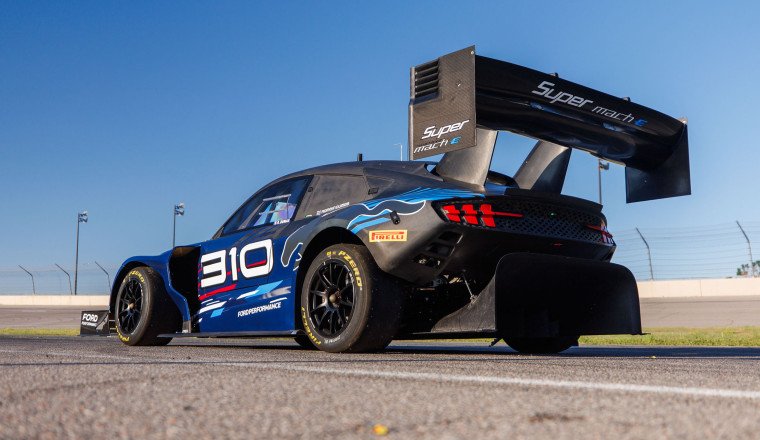
For the third year in a row, Ford is going back to the Pikes Peak International Hill Climb with a battery-powered, humungous-winged demonstrator to claim top honors and show the world what its electric vehicles can do when fully unleashed. First, it was the SuperVan 4.2, which set a record for the Open class; then, last year, it was the turn of the F-150 Lightning SuperTruck. The 2025 contender is the Super Mustang Mach-E: A roughly 3,400-pound switchback-carving monster with up to 2,250 horsepower that can generate double its weight in downforce at speed.
There’s no question it’ll be quick, especially compared to driver Romain Dumas’ previous attempt in the SuperTruck, which was fastest in its category despite being held up by a 27-second stall. But after a year in which Ford has canned one large electric SUV project, delayed the F-150 Lightning’s successor, and is reportedly idling an entire battery plant while leasing part of another to Nissan, you might wonder: Why bother with the fast EVs right now?
This was exactly the question I posed to Mark Rushbrook. He’s the Global Director of Ford Performance, the division responsible for everything from the Mustang Dark Horse, to Raptor off-roaders, to the company’s various campaigns in endurance racing, rallying, and very soon, Formula 1. When I caught him, it was last Thursday afternoon before the 24 Hours of Le Mans. Busy time of year in that line of work.
Ford’s going big into hybrids—why not make a hybrid demonstrator?
“For sure as a company, we are committed to providing the powertrains of choice for our customers and the vehicles that they’re wanting,” Rushbrook said. “We will have ICE vehicles, hybrid vehicles, and full-electric vehicles, but the proportion of those over the years is going to change. I don’t think we’re getting to full EVs as quickly as we thought, but we’re still getting there.
“We still have [electric] vehicles for sale today. We still have vehicles in the product development pipeline that are coming. What we’re learning in motorsport, whether it’s where we compete in ICE, in hybrid, or electric, is still informing all of our future products. So, we’re still committed, we’ve got a lot of series where we race ICE, and it’ll stay that way for a number of years. We’ve got even more series where we compete with hybrid, with our return to Formula 1, where it’s 50/50 between the power from the ICE and power from electric, and also our [Le Mans] Hypercar program.”
The insights Ford’s taking from its full-electric endeavors inform the hybrid side, Rushbrook told me. And although the pace of Dearborn’s EV rollout has slowed, as have those of other automakers, there are still electric cars in the pipeline, and electrification is ultimately where we’re all headed.
“What we learn in our full-electric demonstrators can help what we do with hybrid vehicles that we sell to customers, because a lot of the technology with the battery cell chemistry, with the software, the calibration, the inverter—it is transferable,” Rushbrook said. “Not necessarily directly, but what we’re learning, or the methods, or the processes.”
EVs still have their limits, even for the kinds of no-holds-barred, money-no-expense demonstrators Ford’s built over recent years. It’s why Formula E runs at tight street circuits rather than at F1 tracks, with their lengthy straightaways. Ford will have F1 and Le Mans to deploy hybrid tech, and of course, there are gas-powered Mustangs in the World Endurance Championship, IMSA, and NASCAR. But right now, if you want to show off the apex of all-electric performance, there’s kind of no better gauntlet than Pikes Peak. An Open-class car scales the mountain in under nine minutes, and the weaknesses of internal combustion at high altitudes don’t apply to EVs.
“If you take a technology like full electric to existing motorsports, it challenges it in that sense, right?” Rushbrook said. “Like, to be where we are here at Le Mans and to do a 24-hour race. Yeah—that’s not what EVs are intended for at this point, or certainly not what the technology is capable of at this point. But I don’t know what it’s going to be [capable of] in 10, 20, 30 years. Maybe they will be racing full-electric vehicles here in that timeframe. The benefit for us of the demonstrators is we’re able to tailor what we do with a vehicle to what the technology is already capable of, but also pushing it further than what it’s capable of to really learn about it.”
There’s also encouragement from both the likeliest and unlikeliest source you can imagine.
“As soon as [Ford CEO] Jim Farley saw the SuperVan 4—he was there at Goodwood with us—he said, ‘All right, now let’s take this to Pikes Peak,'” Rushbook told me “And we said, ‘Oh, well, if you want to go to Pikes Peak, and if you want to set a time, we need to build another SuperVan.'” Cue the evolved SuperVan 4.2, which had its powertrain, chassis, and aero package all completely reconfigured to tackle Pikes. It still holds the class record, at 8:47.682, and Ford should be able to beat that this go around—provided electrical snafus don’t crop up at the wrong time, like they did in last year’s SuperTruck.
The Super Mach-E is lighter than the F-150, by 270 pounds. It has a smaller frontal area, which lessens wind resistance. And it incorporates active wings and carbon ceramic brakes, both firsts for Ford at the event. The engineers have benefited from another cycle of learning how to better calibrate the power delivery, too. One notable thing that hasn’t changed is the human at the helm, because you really can’t do better than Romain Dumas. “What he’s able to do behind the steering wheel continues to amaze me,” Rushbrook said. “But even more than that is his ability to, for the 12.42-mile course and 156 turns, he’s able to come back after a run and break down in detail what has happened in each individual corner and what is good and what needs to be better.”
With the 24 Hours of Le Mans a couple days ahead of our chat, I was left with one question for Rushbrook. Sure, we won’t see full-EV Le Mans Hypercars anytime soon, but what about as a Garage 56 experiment, with ultra-rapid recharging?
“We’ve talked about [a Le Mans demonstrator] a lot across the years. The only thing I would say, maybe why we haven’t done it, is the cost to run a 24-hour race is staggeringly high. So the cost of the demonstrator in that space would be way above what we’re spending normally. But yeah, you never know.”
I believe Rushbrook when he says they’ve had the conversation. Once you’ve scaled the highest peak, the question then becomes: Where to next?
Got tips? Send ’em to tips@thedrive.com
Backed by a decade of covering cars and consumer tech, Adam Ismail is The Drive’s News Editor, focused on curating and producing the site’s slate of daily stories.






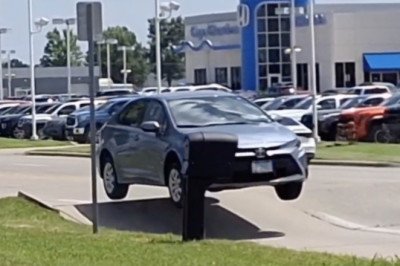
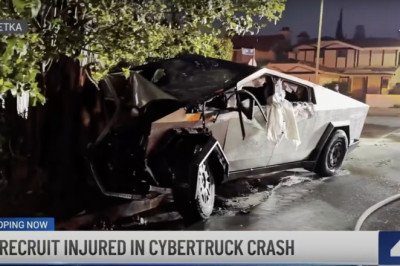
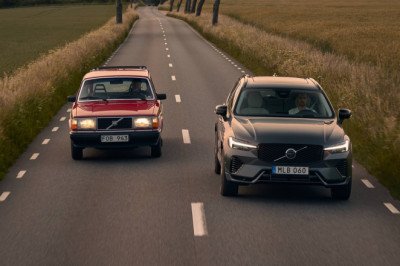
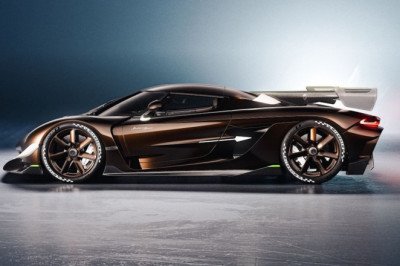
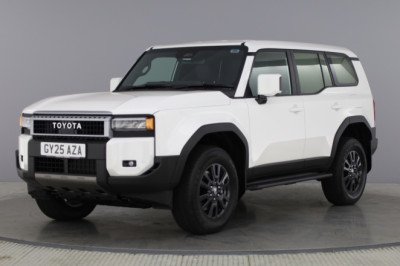
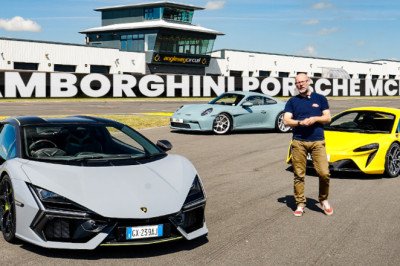


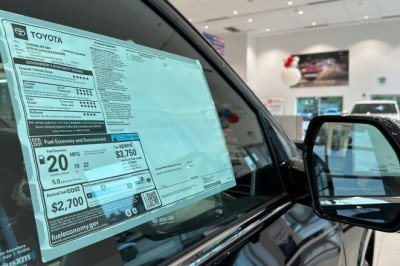
Facebook Conversations